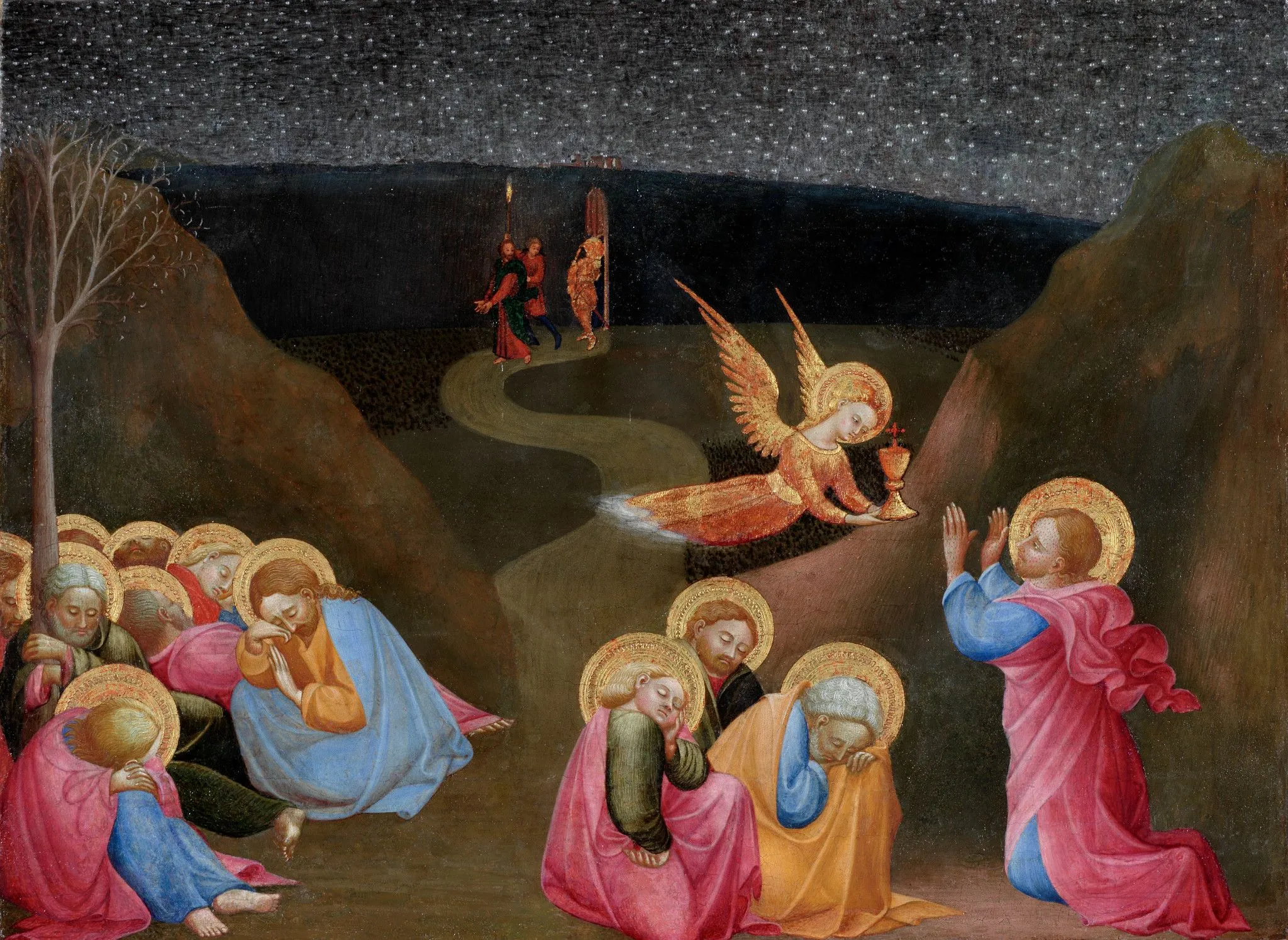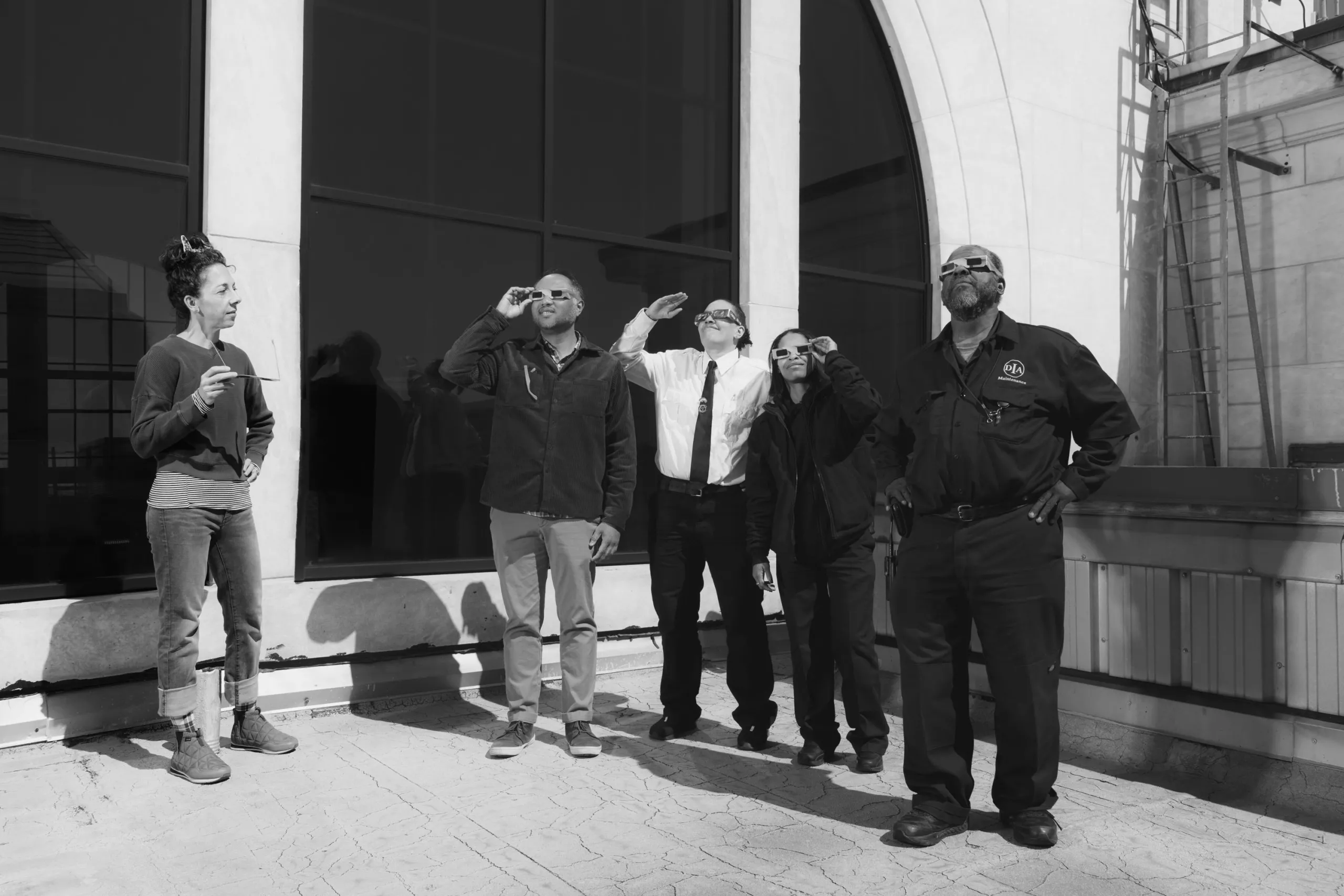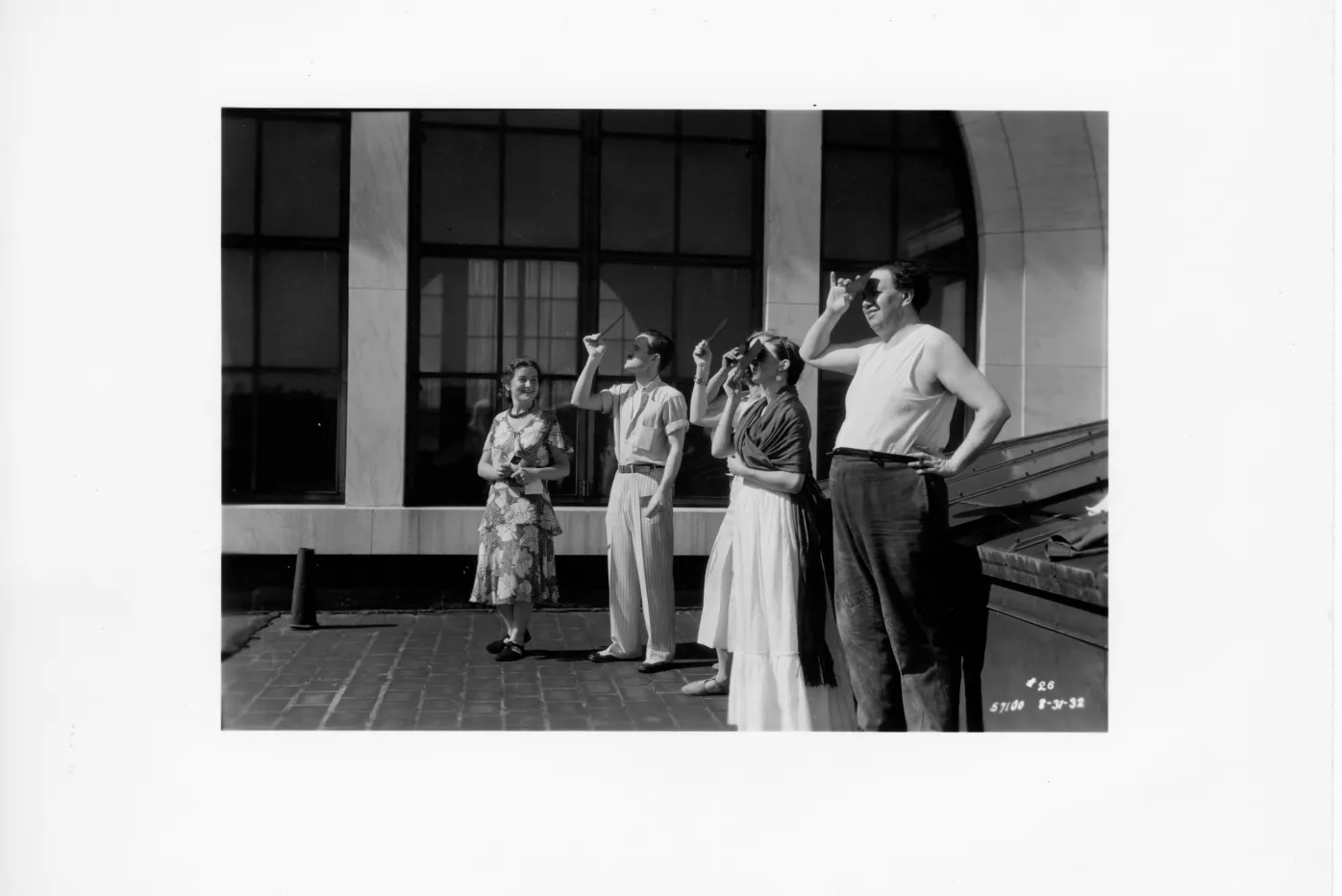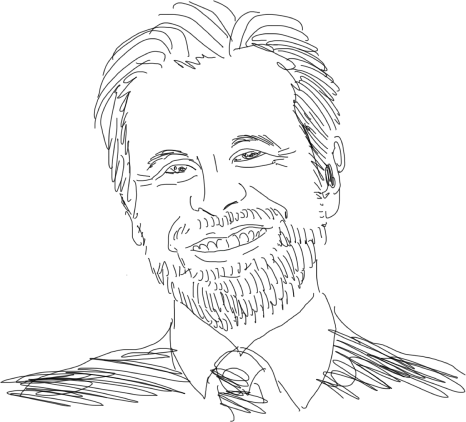My favorite science documentaries are hosted by British theoretical physicist Jameel Sadik ‘Jim’ Al-Khalil. At the beginning of his 2011 docuseries Everything and Nothing, standing on a deserted sandy beach, Al-Khalil says:
“Imagine that our sun is just the size of a single grain of sand. Our sun is just one of a multitude of stars, it is surrounded by about 200 billion of them, in our Milky Way galaxy alone. Our sun is just a speck in the vast beach of stars. The Milky Way galaxy is, in itself, one of 100 billion galaxies scattered throughout the cosmos. It has been estimated that there are more stars in the universe than there are grains of sand on all the beaches in all the world. Just think about that for a moment.”
Sometimes, during a museum visit, one can be transported into similar thoughts. For example, at the DIA we show one of the earliest European depictions of the stars at night, The Agony in the Garden. Sassetta, a Sienese painter, created this work representing the biblical story of the Agony in the Garden of Gethsemane on a starry night. He used a dark background to paint the night sky, in which he drilled tiny holes, later filled with silverleaf, that reflect the light creating the shiny glitter of the stars in the distance: The Milky Way galaxy. This is a remarkable representation for an artist of the 1400s.

Sassetta, The Agony in the Garden, between 1437 and 1444, tempera, silver and gold leaf on poplar panel. Detroit Institute of Arts, Founders Society Purchase, Ralph Harman Booth Bequest Fund, 53.270.
In and out of the museum, stars mesmerize us, and we travel short and long distances to see them at different times of the year. On April 8, the moon passed between our “local star”, the sun, and the Earth, producing a total solar eclipse. This stellar spectacle provided us all with a moment of community connection that was unlike anything we experience in our day-to-day lives. DIA staff joined so many others in gathering on the museum grounds to witness the historic moment when the moon’s shadow was cast on Earth. Total solar eclipses happen over time and the next one will be in August 2026 and visible from Spain!
In preparation for April’s eclipse, the DIA team looked at the museum’s history and found that another famous solar eclipse had been visible in Detroit on August 31, 1932. Frida Kahlo and Diego Rivera, both working on their art at the DIA at that time, witnessed it from the roof of the museum. Ford Motor Company photographer WJ Stettler captured this moment of wonder in a now famous image. Inspired by this photograph, the DIA team recreated the Kahlo-Rivera scene with another image taken during the April 8 solar eclipse, featuring James Burts, Museum Maintenance, Ani Garabedian, Community Engagement Programs Manager, Phil Rivera, Volunteer Services Director, and Alesha Hamilton and Sherri Barnes, Museum Security Officers. DIA’s photographer, Eric Wheeler, immortalized this moment for posterity. This was a brilliant DIA initiative.

From left to right: Ani Garabedian, Phil Rivera, Alesha Hamilton, Sherri Barnes, James Burts. Photo by Eric Wheeler.
As the sun warms the Earth’s northern hemisphere over the upcoming months, the summer is a great time for both stargazing and visiting the DIA. Be ready for special art experiences including the opening of the exhibition, 7 Mile + Livernois, by a Detroit star: interdisciplinary artist Tiff Massey.


